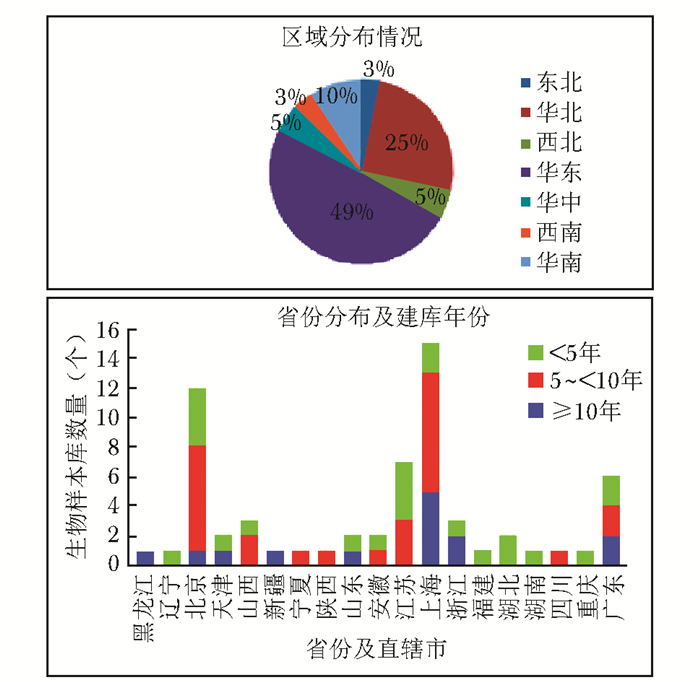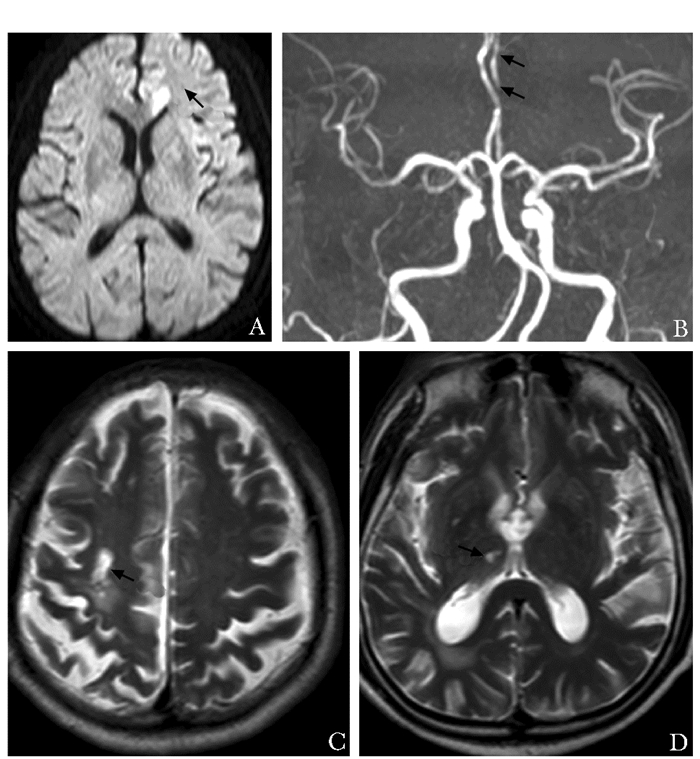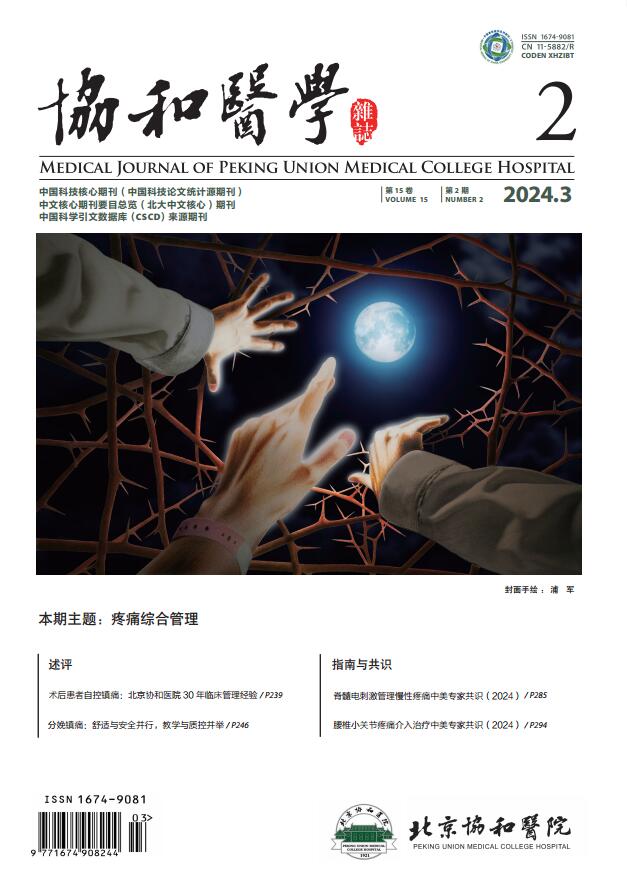2018 Vol. 9, No. 3
Display Method:
2018, 9(3): 193-196.
doi: 10.3969/j.issn.1674-9081.2018.03.001
Abstract:
Abstract:
2018, 9(3): 202-206.
doi: 10.3969/j.issn.1674-9081.2018.03.003
Abstract:
2018, 9(3): 207-212.
doi: 10.3969/j.issn.1674-9081.2018.03.004
Abstract:
2018, 9(3): 213-218.
doi: 10.3969/j.issn.1674-9081.2018.03.005
Abstract:
2018, 9(3): 219-223.
doi: 10.3969/j.issn.1674-9081.2018.03.006
Abstract:
2018, 9(3): 224-227.
doi: 10.3969/j.issn.1674-9081.2018.03.007
Abstract:
2018, 9(3): 228-233.
doi: 10.3969/j.issn.1674-9081.2018.03.008
Abstract:
Abstract:
Abstract:
2018, 9(3): 246-250.
doi: 10.3969/j.issn.1674-9081.2018.03.011
Abstract:
2018, 9(3): 251-255.
doi: 10.3969/j.issn.1674-9081.2018.03.012
Abstract:
2018, 9(3): 277-280.
doi: 10.3969/j.issn.1674-9081.2018.03.016
Abstract:
Abstract:

 Submit
Submit Review
Review Office
Office Email Alert
Email Alert RSS
RSS HTML
HTML PDF
PDF


















